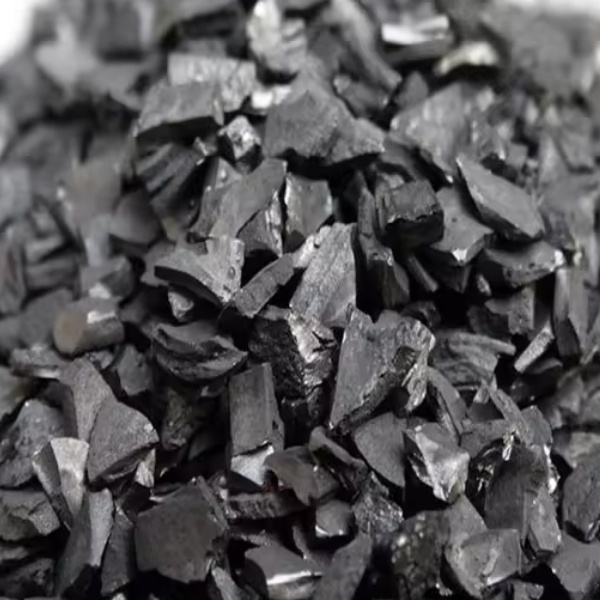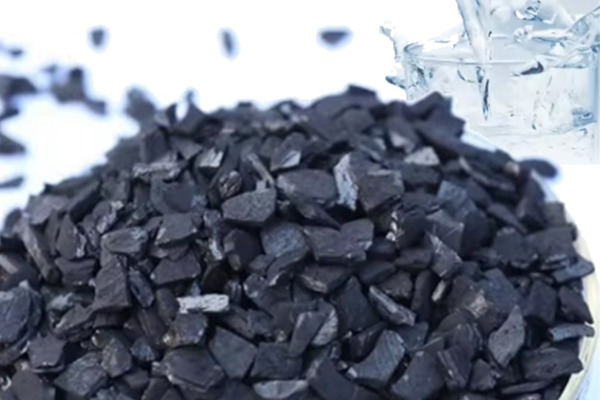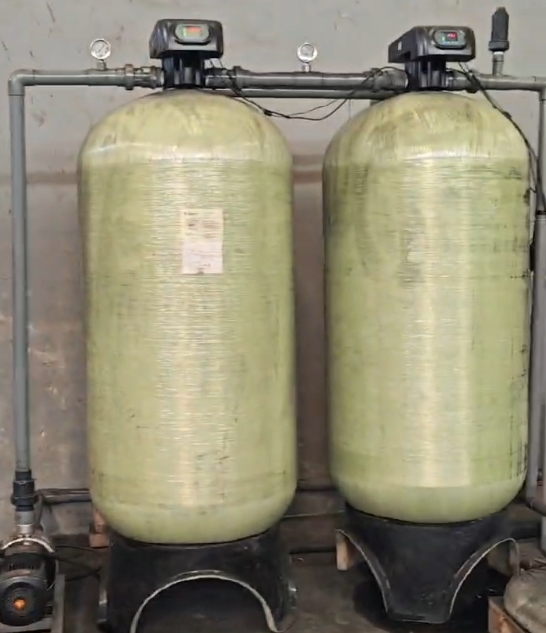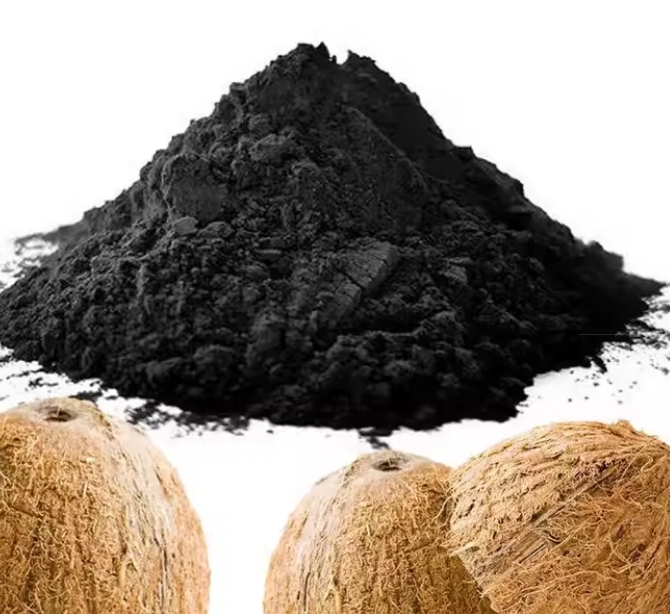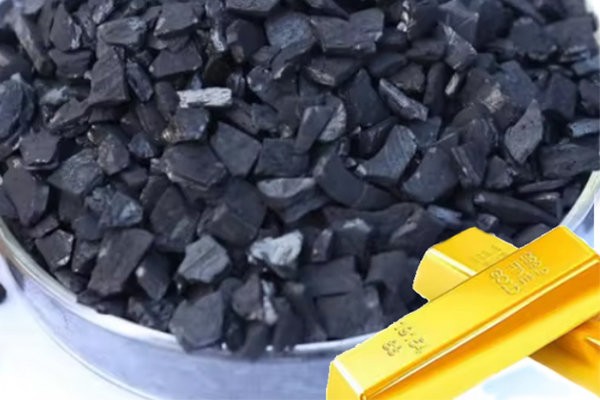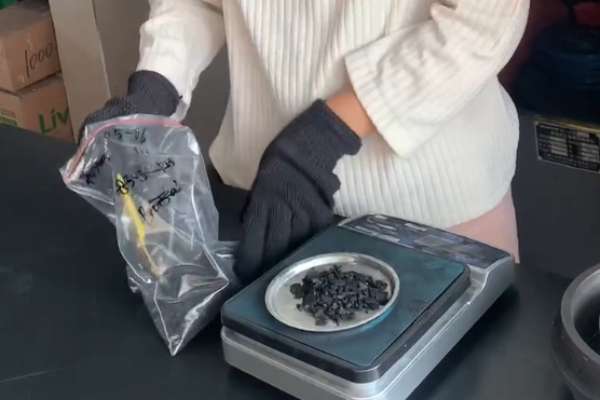Activated carbon physical method (steam) VS chemical method (phosphoric acid)
As an efficient adsorbent, activated carbon is widely used in water purification and air purification. Its unique porous structure and large surface area enable it to efficiently adsorb various harmful substances. How is activated carbon produced? What are the key steps in its production process? The core of the production process of coconut shell activated […]
Activated carbon physical method (steam) VS chemical method (phosphoric acid) Read More »

